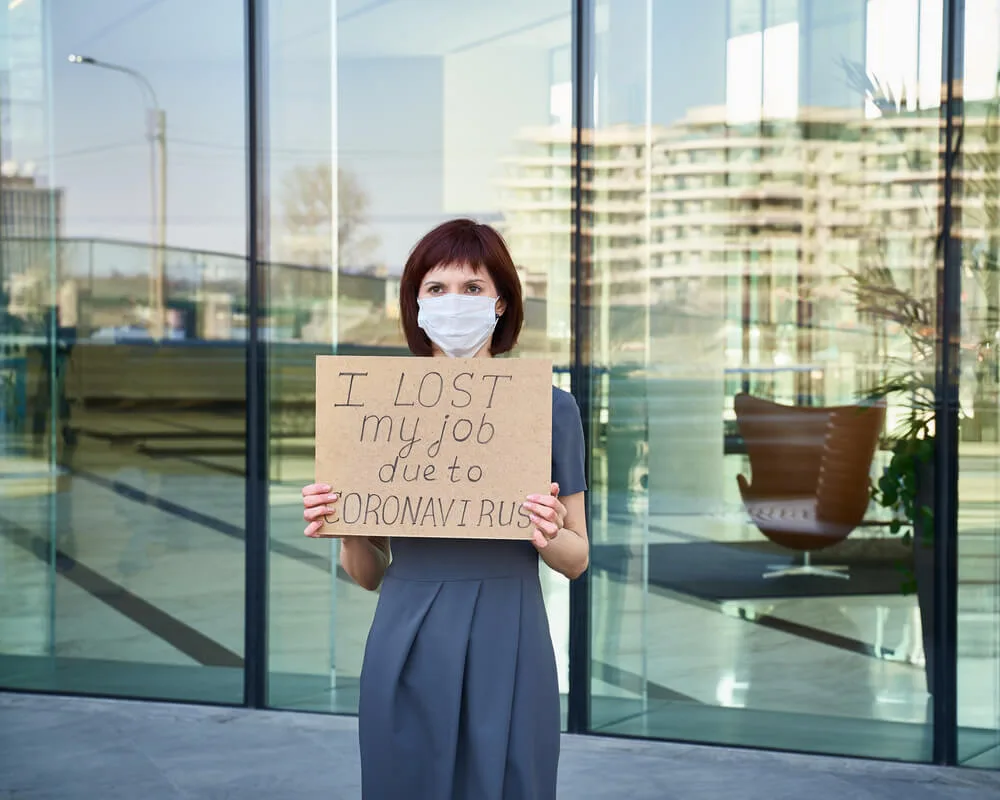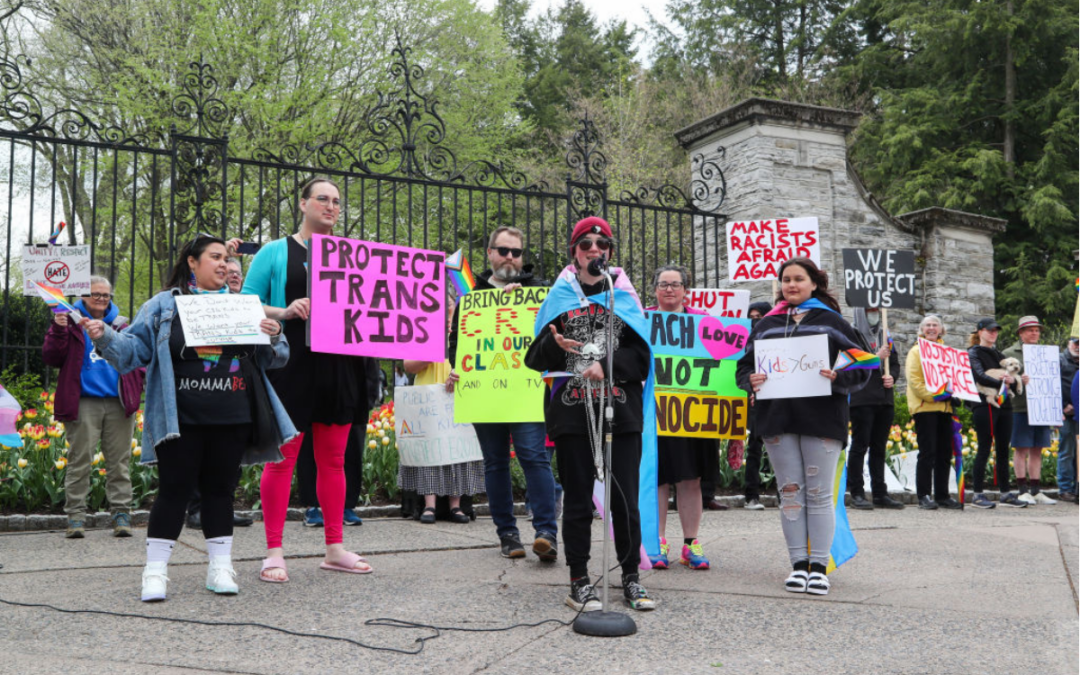
Image via Shutterstock
New analysis shows why more women than men are being impacted by coronavirus-related layoffs.
As unemployment numbers skyrocket amid the coronavirus pandemic, research shows that the economic fallout from the crisis has so far impacted women more than men.
Analysis released Wednesday by the Economic Policy Institute estimated that women made up between 7.8 million and 8.4 million of the 15.1 million unemployment claims filed between mid-March and April 4.
That means that women may account for more than 55% of unemployment claims during that time.
The research was completed before new data, released on Thursday, showed 22 million unemployment claims had been filed in the past four weeks.
EPI’s analysis also found that while women made up 50% of the payrolled workforce in February, they accounted for 59% of the job losses in March.
Elise Gould, a senior economist with EPI and co-author of the study, explained Thursday why women were facing more hardship than men.
Sectors hit hardest by the economic downturn, such as leisure and hospitality, tend to have more women than men, she said in a phone interview.
The EPI report specifically shows that women make up 53% of the leisure and hospitality sector, yet accounted for 57% of the job losses. Men, who made up 47% of the sector, accounted for 43% of the layoffs.
Norma, an undocumented immigrant from Honduras, is one of those women. She told Time last month that she had lost her job at a local restaurant because of the current crisis. In addition to losing income to help support her husband and 4-year-old daughter, Norma usually sends money to mother in Honduras.
“I want to be like an ostrich and put my head in the sand to not have to tell her,” Norma said.
The economic relief package passed by Congress does not provide help to immigrants like Norma.
Gould also pointed this week to education and health services, where women make up about three-quarters of the sector and have also faced severe hardship as a result of the pandemic.
“If you look at the last month, men gained jobs in education and health services while women lost jobs,” she said, citing data in the report that showed women in those sectors comprised more than 113% of the job losses.
Men in those sectors, by contrast, made up -13.2% of the job losses.
Yasmin Torres, an 18-year-old who recently moved from Puerto Rico to Texas, was one of those who was laid off from her job at a daycare center when the virus began to spread, forcing schools to close their doors.
“That job was very important to me,” Torres, who lost her job in mid-March, told MarketWatch.
“I have such little to my name right now,” she added, “I cry myself to sleep just thinking about money.”
The EPI report noted that legislation passed by Congress allows people to claim unemployment insurance if they quit their jobs in order to care for sick family members or children who are no longer in school.
“Considering caregiving responsibilities are often disproportionately borne by women,” the report stated, “this could mean that they continue to shoulder greater job losses and a larger share of unemployment insurance claims.”
During the Great Recession, most of the initial job losses were concentrated in construction and manufacturing, typically more male-dominated sectors, Gould said Thursday.
“This is definitely a different picture than we saw then,” she said.
While women are facing a disproportionate impact economically, preliminary data has shown that the virus is targeting other cross-sections of the global population as well.
Men, for instance, are at higher risk of becoming infected with the virus and more have died from COVID-19 than women.
In studies in China, Italy, and the United States, men were more likely to be hospitalized for the virus and more likely to die from it, NPR reported. In New York City, a hotspot for coronavirus in the United States, the health department reported 39 female deaths per 100,000 people versus 71 male deaths per 100,000 people.
Beyond gender disparities, racial disparities also exist.
On April 9, the Centers for Disease Control and Prevention released data from 14 states showing one-third of hospital patients were black, despite black people making up only 13% of the total population.
An analysis by the Associated Press found a similarly disproportionate impact.
“I think it’s important to understand who is being affected by this crisis,” Gould said this week, adding that EPI would continue to unpack demographic data as it became available.
Published with permission of The American Independent Foundation.

For Rep. Susan Wild, supporting PA families includes reproductive rights and much more
Rep. Susan Wild wants to be very clear with Pennsylvanians: Donald Trump is committed to taking away women’s reproductive freedom, but he is not...

School districts working with anti-LGBTQ groups can cost your kids’ schools millions
Parents across South Central Pennsylvania are worried about the potential financial impacts working with anti-LGBTQ groups may have on their school...

VIDEO: Trump distances himself from his anti-abortion views
Donald Trump appeared on WGAL on Tuesday and continued to distance himself from his anti-abortion views claiming that reproductive rights are now a...

VIDEO: Community pushback gets school board to rescind decision on denying gay actor’s visit
Cumberland Valley School Board offered a public apology and voted to reinstate Maulik Pancholy as a guest speaker a week after the board voted to...

VIDEO: Project 2025 brings nuclear armageddon back into vogue
Project 2025 is a titanic document, with plans ranging from cutting half of all government employees to targeting reproductive rights on a scale...




